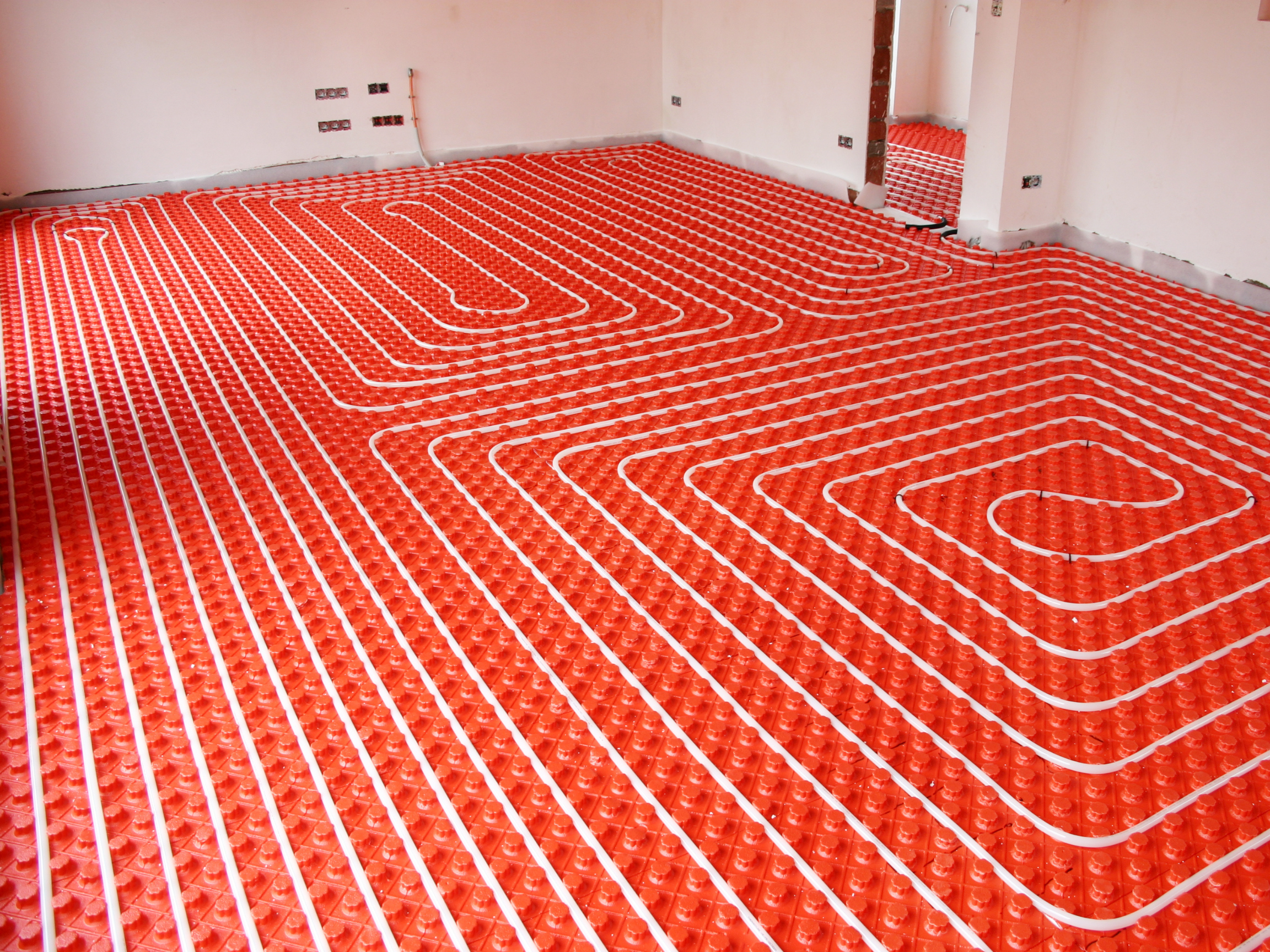All About In-Floor Heating
Radiant heating is becoming a staple in new builds and renovations. Bathrooms, basements, and bedrooms are all the target of in-floor heating systems. But how does it work?
The most common form of radiant floor heating is electric heating. Utilizing wires or mats secured under the floor, the heat source transfer to your flooring creating a warm and comfortable underfoot feel. While most would agree that radiant heating seems like a great idea, here are a few things to consider before heating your floors.
Heated floor installation
Flooring Selection
Not all flooring is created equal. Some types of flooring are not meant to tolerate temperature fluctuation or high heat. The most common types of flooring that you see with in-floor heat are tile and vinyl plank. This is because they are both water resistant, work well in bathrooms, and have a high heat tolerance. Additionally, tile will retain heat very well once its heated up. Vinyl plank is among the thinner flooring meaning it will heat up fairly quick, especially if it is made with a stone core.
Tile and vinyl plank are the flooring types that we would recommend for in-floor heating projects. While linoleum and sheet vinyl are very water resistant and heat tolerant, if there is ever an issue with your in-floor heating, you would almost certainly have to remove and replace your entire floor. Small sections of vinyl plank and tile can be carefully removed and usually reinstalled.
We would recommend that you avoid using carpet or any wood based flooring with in-floor heating. The Edmonton climate makes wood flooring challenging enough to maintain with frequent changes in temperature and humidity. Some hardwood and laminate products might be rated for higher heat, but at the end of day wood is going to change when exposed to temperature fluctuation. We also recommend avoiding carpet because of its insulating properties. Not much heat would make its way through the carpet making it very inefficient for an in-floor heating system.
Cat sleeping on heated floor
Final Tips
-Whichever type of flooring you pick, make sure its compatible with in-floor heating. Some glue down vinyl’s could cause uneven floors for example.
-Make sure your flooring is water resistant so that a minor spill doesn’t fry your floors.
-Ensure your flooring has a heat resistance rating. The standard is 27 degrees Celsius which is the warmest you should set your floors to.
-In floor heating is expensive. Expect to spend over $1000 for even a small area.



